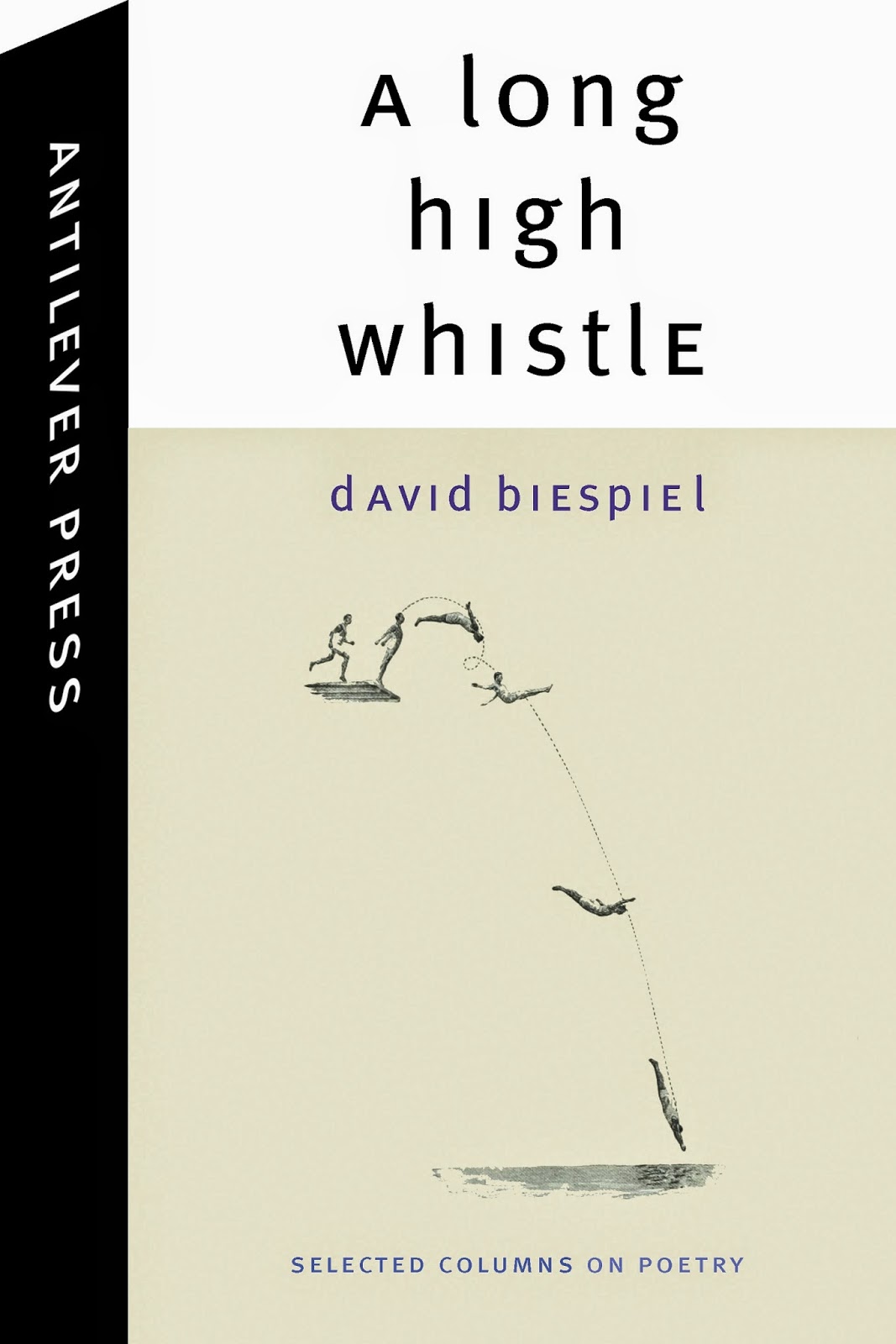 IF YOU HAVE TO ASK
IF YOU HAVE TO ASK
Once a reader wrote to say that I often use the expression “lyric
poetry,” but what does it mean?
It’s a great question, though part of me wants to respond as Louis
Armstrong did when asked to define jazz: If you have to ask, you’ll
never know.
Ancient poetry was oral, often chanted, and arose out of the
pleasure human beings discovered when combining words into a
meaningful sequence and using the melismatic rhythms of one’s voice
to impart feelings. The traditional definition of lyric is that of a poem
composed to be sung by a solitary singer, with musical accompaniment,
on a single theme, and as an expression of personal feeling.
This singing or chanting led to poetical schemes to improve clarity,
such as common melodies, refrains, rounds, and rhymes. What
we’ve come to think of as forms—sonnets, for instance—are really
abstractions. They became useful when poetry was eventually written
instead of memorized, and they were tests of a poet’s mastery of
imagination and language.
Remember the Scotsman Robert Burns’s lyric?
O my luve’s like a red, red rose
That’s newly sprung in June:
O my luve’s like the melodie,
That’s sweetly play’d in tune.
To read it from a purely technical stance is to see that it contains a
4/3 metrical rhythm—four accented beats in the first and third lines
tethered to the three accented beats in the second and fourth lines,
something like “o MY luve’s LIKE a RED, red ROSE / That’s NEWly
SPRUNG in JUNE.”
It’s a rhythm Cole Porter could have written—and often did:
Your fetching physique is hardly unique,
You’re mentally not so hot;
You’ll never win laurels because of your morals,
But I’ll tell you what you’ve got.
The soft stress of a sound followed by a hard stress of a sound—that’s
the root rhythm of lyric poetry in English. And yet, only a few
people a hundred miles outside of Edinburgh can probably sing the
customary melody that goes with “A Red, Red Rose,” and Porter’s
“You’ve Got That Thing” is scored and accompanied by piano.
So here’s the important difference, since about the sixteenth century.
Modern lyric poetry isn’t sung and doesn’t require musical
accompaniment. Instead, lyric poetry is more like rhythmic speaking.
The accompaniment is silence.
It may be best to think of the phrase lyric poetry as a metaphor,
one that contains the idea of the ancient poetic singer but isn’t a singer
exactly. And still, while there is an implied social contract, think of
it as a solitary speaker. Or, as the late Donald Justice, once put it,
lyric poetry is “a kind of virtual speech. It becomes that by imitating
speech which might actually be spoken on some occasion.”
Donald Justice’s “Bus Stop” is just this sort of lyric poem. Set
in San Francisco’s Potrero Hill where the poet once lived, the poem
contains musical qualities, such as repetition, that you might associate
with song:
Lights are burning
In quiet rooms
Where lives go on
Resembling ours.
The quiet lives
That follow us—
These lives we lead
But do not own—
Stand in the rain
So quietly
When we are gone,
So quietly…
And the last bus
Comes letting dark
Umbrellas out—
Black flowers, black flowers.
And lives go on.
And lives go on
Like sudden lights
At street corners
Or like the lights
In quiet rooms
Left on for hours,
Burning, burning.
The multi-layered repetition of the words lights, burning, rooms, quiet,
quietly, lives, black flowers, go on creates a chiming cadence (add to that
the rhyme and distant imbedding of ours into hours). The effect of the
echo seems to reinforce the speaker’s isolation.
But don’t take it from me. Take it from Justice. “Bus Stop” is
“unmistakably a lyric poem,” he wrote, “which by its nature could
stand quite a lot of sound [his italics] . . . I wanted anything which
had to do with the sound or music to come in very simply and in
a completely natural way, almost as though by chance . . . If rhymes
showed up—and they did—they were to remain casual, not part of a
deliberate scheme . . . Repetition—a type of rhyme itself—turned out
to play a larger role in the sound of the poem . . . The effect came to
resemble what you get in a poem with multiple refrains, or, more
fancifully, when several bells are set swinging at different timings.”
Sound is just one quality of lyric poetry. More could be said
about lyric poetry’s use of metaphor or its general brevity and sensuous
imagery, for instance—and it begs the question, thinking of my earlier
example, why does it give us pleasure to imagine love as a red, red rose?
It gives us pleasure because lyric poetry is a literary presentation
that isolates human experience and connects the solitary voice of the
poet to anyone willing to listen.
